Abdul in the Garden Class 4 Notes EVS Chapter 19
| Table of contents |

|
| Abdul in the Garden |

|
| Abdul has more questions |

|
| What Grows? |

|
| Key Concepts |

|
Abdul in the Garden
- Abdul spends a holiday helping his father, Abbu, in the garden.
- Abbu clears dried leaves and grass from vegetable beds while Abdul tries pulling out grass but struggles due to its strong roots.
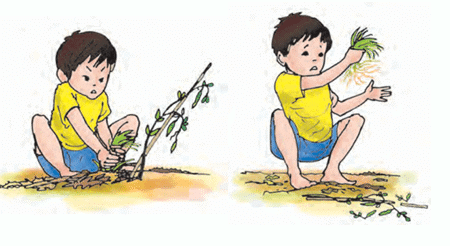
- Abdul’s effort results in his hands turning red, and he accidentally knocks down a stick supporting a pea plant, breaking its delicate stem.
- Abbu explains that pulling grass is difficult because of its strong and spread-out roots, which need to be dug out carefully.
Observation on Plant Roots
- Abdul notices that the roots of grass plants are longer and more spread out underground than what is visible above the soil.
- Abbu demonstrates by pulling out radishes (mooli) and explains that these are roots as well.
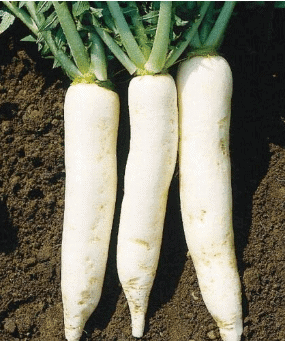
- Abdul learns that roots differ in structure and function, serving to anchor plants and absorb water and nutrients from the soil.
Impact of Weather
- A sudden storm with strong wind and rain interrupts their gardening.
- They quickly collect the radishes and run home, narrowly escaping a falling branch from the neem tree.
- Despite the storm, the neem tree remains firmly rooted in the ground, highlighting the strength and depth of its root system.
Abdul has more questions
After the incident, Abdul begins observing plants around him and develops several questions:
- How deep do plant roots grow?
- How do roots absorb water, especially in cemented or wall-grown plants?
- How large can a plant grow, and what happens when plants grow through walls?
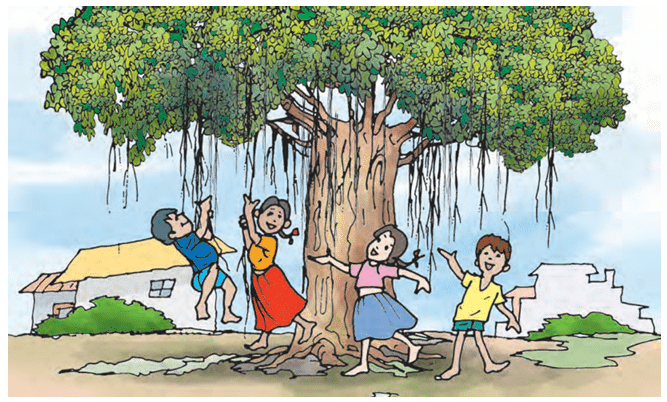 His curiosity extends to fallen trees, where he ponders whether natural factors or human intervention caused their uprooting and how old such trees might be.
His curiosity extends to fallen trees, where he ponders whether natural factors or human intervention caused their uprooting and how old such trees might be.
Unusual Roots
Banyan Tree: 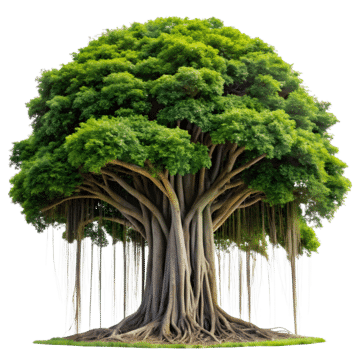
- Features roots that grow down from branches, resembling hanging pillars, which provide additional support.
- Also has underground roots like most other trees.
Desert Oak Tree: 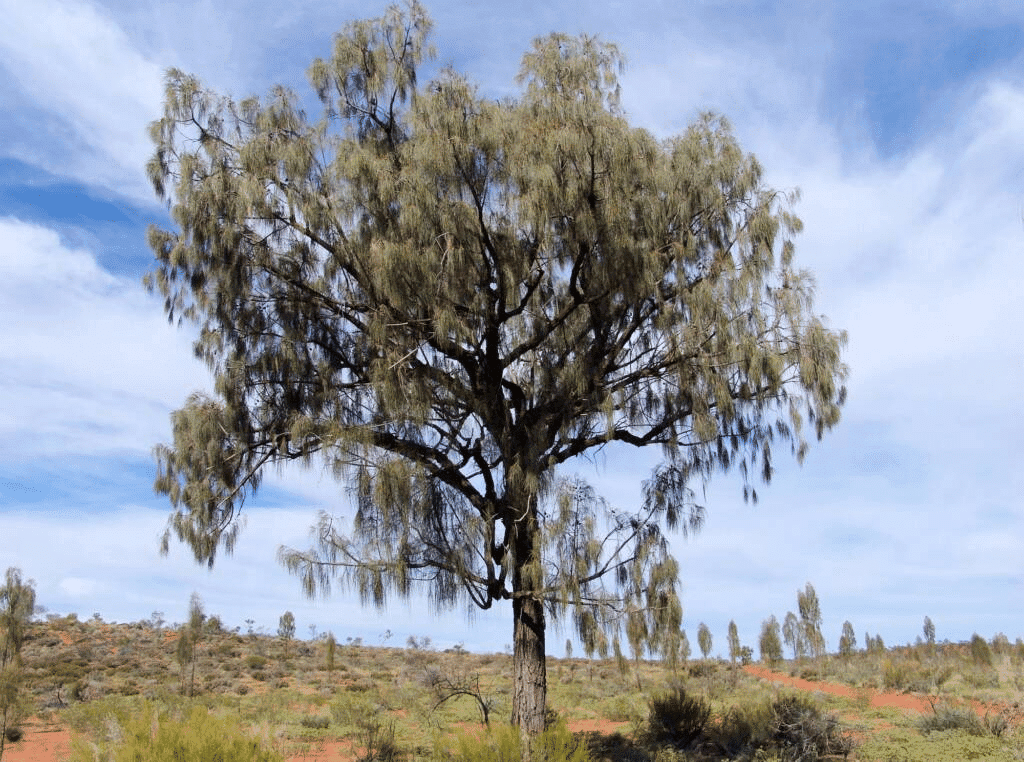
- Found in Australia, grows as tall as a classroom wall but has very few leaves.
- Roots extend as deep as the combined length of 30 classroom walls to reach underground water sources.
- Stores water in its trunk, which local people access using thin pipes during droughts, demonstrating adaptation to arid conditions.
There is a law against cutting trees
There was a tree growing close to a lamp post. The tree was so full of leaves that the light of the bulb was blocked. People felt that the branches of the tree needed to be trimmed. Before they do this, they need to take written permission from the government office.
 |
Download the notes
Chapter Notes: Abdul in the Garden
|
Download as PDF |
What Grows?
Arif’s List: Includes leaves, munna (child), bud, puppy, nails, and fish, focusing on living things and parts of plants.
Roopali’s List: Includes moon, tree, self, hair, watermelon, mosquito, and crow, highlighting both living things and non-living elements like the moon.
Encourages students to think critically and create their own lists of things that grow, promoting observation and engagement with the environment.
Key Concepts
Roots and Plant Growth:
- Roots anchor plants firmly in the soil and absorb water and nutrients essential for growth.
- Different plants have varied root systems, such as the spread-out roots of grass or the deep roots of the Desert Oak.
Importance of Trees and Conservation:
- Trees like the neem demonstrate resilience and are vital for the environment.
- Conservation laws, such as requiring government permission to trim trees, underline the significance of protecting natural resources.
Adaptation in Plants:
- Plants like the Banyan and Desert Oak adapt to their environments. Banyan roots act as pillars, while Desert Oak roots go deep to access water.
- Such adaptations ensure survival in diverse climatic conditions.
Curiosity and Critical Thinking:
- Abdul’s questions reflect the importance of observing nature closely.
- Thinking about plants' growth, water absorption, and environmental impact fosters awareness and scientific inquiry.
Interconnectedness of Nature:
- Plants depend on natural elements like rain for nourishment, as seen when the neem tree thrives without being watered manually.
- Human interventions, such as planting or trimming trees, must be balanced with ecological needs.
Moral of the Chapter:
- Understanding nature’s systems, like roots and trees, reveals their strength, resilience, and essential role in the ecosystem.
- Curiosity drives learning, while conservation ensures the preservation of nature for future generations.
|
52 videos|217 docs|54 tests
|
FAQs on Abdul in the Garden Class 4 Notes EVS Chapter 19
| 1. What types of plants can Abdul find in the garden? |  |
| 2. How does Abdul learn about the growth of plants? |  |
| 3. Why is it important for Abdul to understand what grows in the garden? |  |
| 4. What are some challenges Abdul might face while gardening? |  |
| 5. How can Abdul take care of the plants in his garden? |  |

























